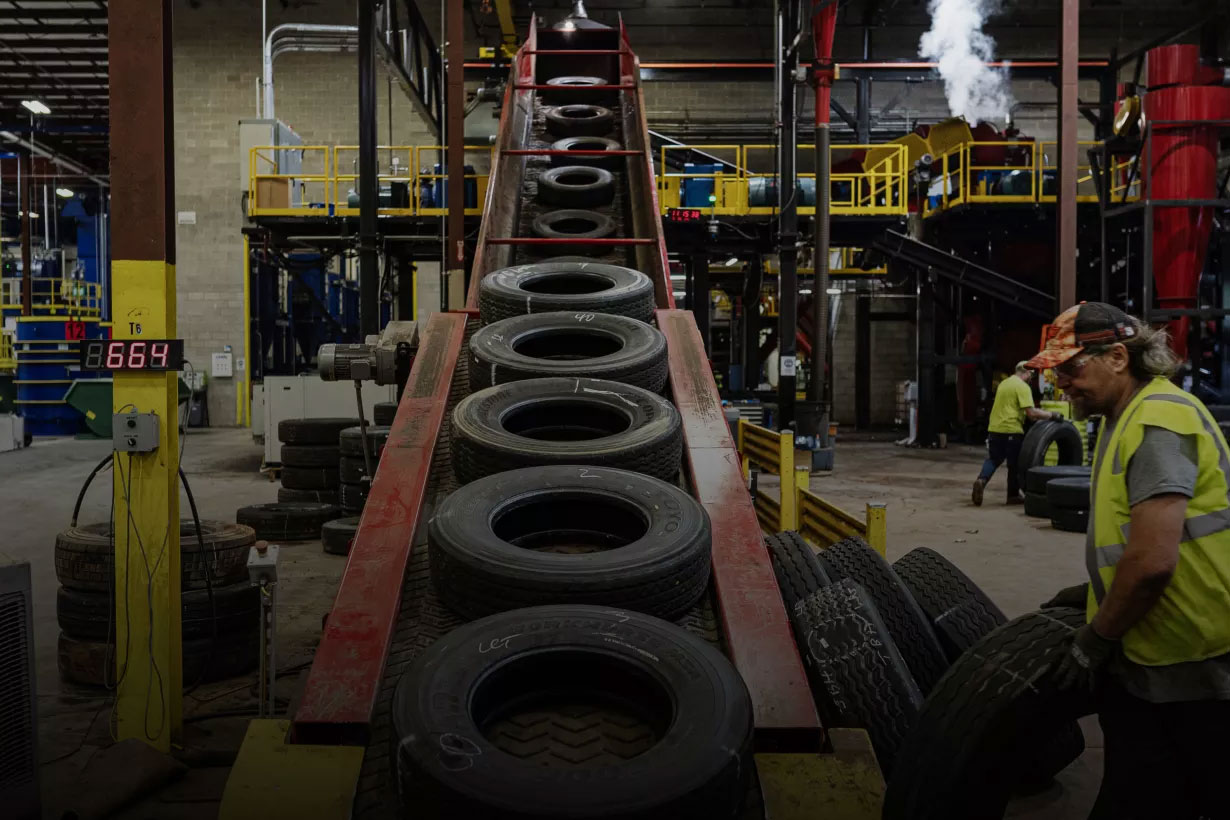Story at a glance:
- Circularity is essential for the future of the built environment, but it’s often challenging for designers to identify materials that can be reclaimed.
- Ecore, a rubber circularity company, is paving the way forward with solutions in circular design.
- Ecore’s circular process has diverted 430 million pounds of commercial tires from landfill to date, transforming it into more than 1,500 different products.
They say cats have nine lives. In the built environment, materials are lucky if they get just one.
“We know that we have a circularity problem,” says Candon Murphy, firmwide materials resource manager at HOK. “We know we need to prioritize materials that can have a second, third, fourth, and fifth life.”
But in the industry shift to circular design, the problem is not necessarily in specifying circular products. The larger issue, Murphy says, is identifying those materials that can be reclaimed and repurposed.
“What I’ve seen throughout my career is that there is a lost link in being able to identify the materials upon demo. The contractor who’s working on the demo is generally not the same contractor that built the space. So how would they know what these items are?” she says. “The legacy information about a design gets lost. How do construction drawings, purchasing documents, and our knowledge as an architecture and design firm get translated through the life of that built environment and then handed off to the person who’s taking it down in the end?”
We know we need to prioritize materials that can have a second, third, fourth, and fifth life.
In countries throughout the European Union, that kind of legacy information is readily available. But in the US, when a tenant vacates a space, they often leave it as-is. When the new tenant comes along, there is no information beyond the visual cues of the space—and that previous tenant, and all of the material knowledge with them, is long gone. At HOK the team has developed a materials tracking framework to increase transparency and make material information more accessible. Rooted in the AIA Materials Pledge and Common Materials Framework (CMF) from mindful MATERIALS, HOK’s material tracking system is built on data from third party certifications and manufacturers to help decode some of the highly technical language around materials.
Everyone in the firm, from the most junior members all the way to the top, is responsible for contributing to the framework. And since they started tracking data in 2020, Murphy says the team has found some holes in the market, where certain product categories have a lot of information missing.
“It’s been helpful for us to see where we need to do internal education but also where we need to do external advocacy,” she says. “Circularity is a really interesting conversation because it’s something we’re learning how to do pretty recently in the built environment. Reclaiming materials—that’s actually a pretty difficult conversation because as designers we don’t really have the power of what happens at the end of the life of our project. We’re starting to talk about that now and trying to get help from manufacturers to figure out how to make that happen.”
How Ecore is Reclaiming Rubber Waste
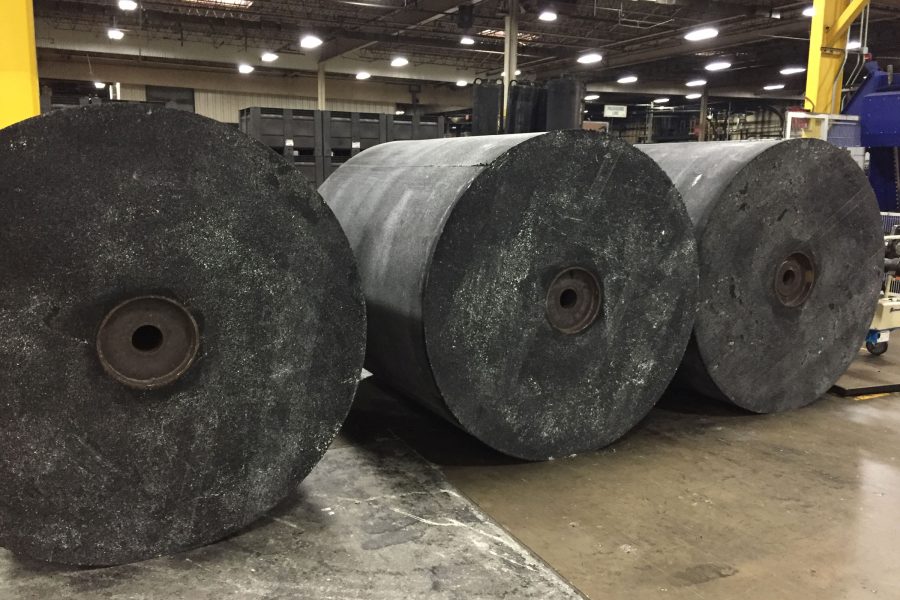
Ecore’s recycled rubber rolls, seen here in bulk, are ready to convert into sustainable flooring products, embodying the company’s commitment to circularity and environmental impact. Photo courtesy of Ecore
Ecore is betting it all on circularity. The company started in 1871 as a cork manufacturer before experimenting with rubber in 1965—its primary focus today. And while rubber—and cork, for that matter—are both sustainable materials, merely using them hasn’t been enough for Ecore. Ecore is pioneering, in its own words, the “rubber waste revolution”—reclaiming discarded rubber and reusing it endlessly.
Ecore diverts 430 million pounds of commercial tires—the equivalent of 8.5 billion water bottles—from landfills annually, avoiding 9.5 million pounds of carbon dioxide emissions. It boasts more than 1,500 product variations made from reclaimed rubber.
“Over the course of my nearly 30 years in the industry I have seen the evolution from when people didn’t want recycled material because of the misperception of lower quality to the green building movement in the early 2000s to now where people are saying, ‘We don’t just want recycled content. We want transparency to the manufacturing process and to what happens at the end of a product’s life,” says Rich Willett, president of flooring and industrial at Ecore. “This aligns with Ecore’s belief that the most sustainable materials are the ones that already exist. For us there’s no end of life. Material goes right back into the cycle and becomes circular.”
It all starts with reclamation. Ecore has partners across industries—the built environment, tire maintenance, trucking, distribution fleets, and more—to identify and collect discarded rubber materials, including rubber tires, flooring, playgrounds, and more.
Then they transform it, cleaning and grinding the rubber waste to remove impurities and create new high-performance products. From commercial flooring to sports and play surfacing, industrial components to transportation and agricultural products, “there are so many different products that lead to so many different design possibilities,” Willett says.
When Ecore’s rubber products do reach end of life, the TRUcircularity take-back program allows Ecore to reclaim those materials and repurpose them again and again.
Through it all the rubber never loses its inherent benefits—of which there are many. Rubber is naturally sound absorbent, leading to better acoustics and quieter spaces. It’s better for our bodies physically, with comfort underfoot that helps reduce strain on our backs, legs, and feet. Rubber is also slip-resistant, making it safer to walk on, and the material is resilient and easy to maintain.
And then, of course, there is the sustainability factor. The circularity of Ecore’s rubber products keeps rubber waste out of landfills and gives it new life. But its manufacturing processes, too, are helping the environment. Ecore’s facility in York, Pennsylvania, earned UL Platinum Zero Waste to Landfill certification, the highest designation that is awarded to plants that consistently achieve a landfill waste diversion rate of 100%. And because Ecore manufactures in the US, the company reduces the carbon emissions and energy usage that comes with transporting products across far distances.
Beyond rubber and how it’s manufactured, perhaps the biggest indication of Ecore’s commitment to circularity is in its recent hiring of Shweta Srikanth, the company’s first chief circularity officer. With Srikanth on board, Ecore is one of the first companies to add a dedicated circularity executive to its leadership team. And Srikanth is ready as ever to join Ecore’s rubber waste revolution and change the way the built environment—and all industries—look at circular design.
“What Ecore is trying to do, being 100% circular on rubber, is not something any other company has done before. It’s exciting to be at the forefront of rubber circularity and paving the way for more companies to think about what circularity looks like,” she says.
That includes developing circularity criteria and conducting life cycle analyses to really understand the impact of materials—even circular ones—on the environment and where we as an industry can continue to innovate.
It’s this innovation that has driven Ecore to this point in its 153-year history. Society has evolved, and Ecore has moved with it. “We were a flooring company,” Willett says. “But now we’re a rubber circularity company.”
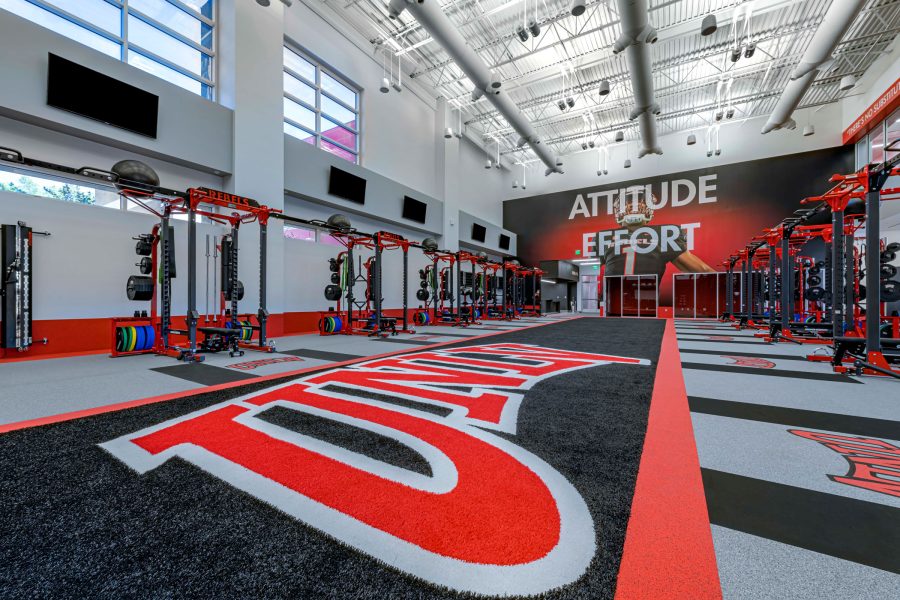
Ecore’s cutting-edge athletic flooring at the UNLV Football Facility supports athlete safety, performance, and team spirit with a bold design and high-performance features. Photo courtesy of Ecore
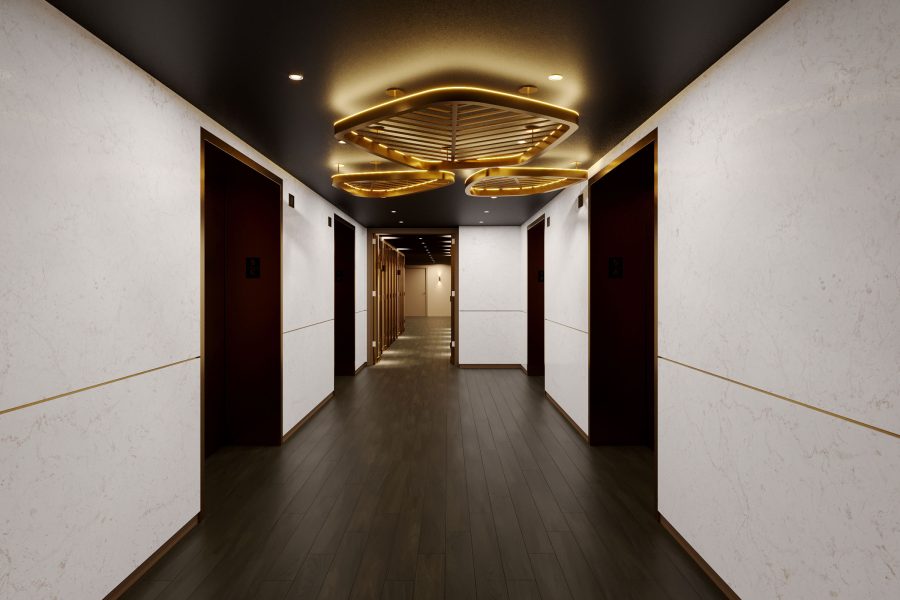
Ecore’s flooring is often specified in hotel spaces for its safety, ergonomics, and acoustic benefits. Photo courtesy of Ecore
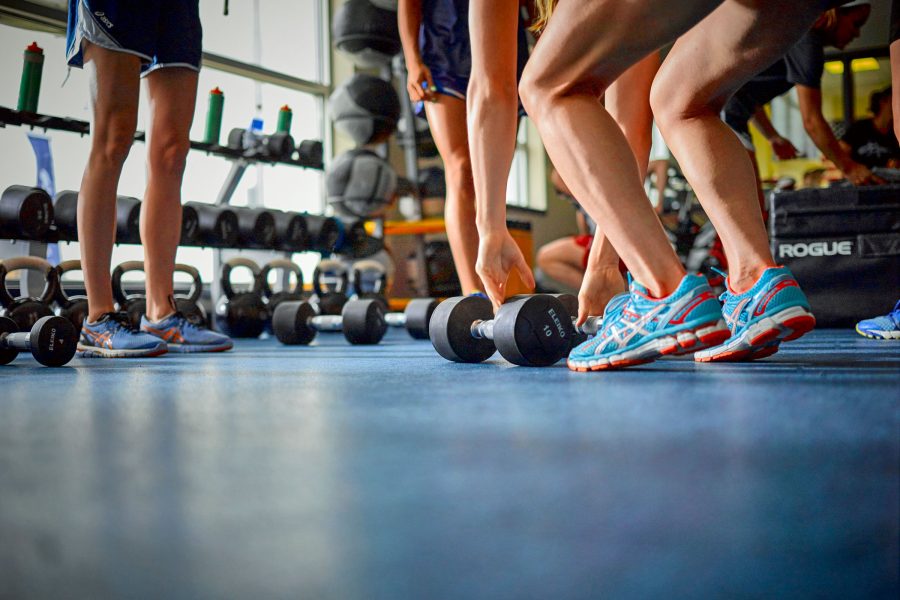
Ecore Athletic flooring supports a variety of workouts with its durable, shock-absorbing surface—ensuring safety and performance for athletes of all levels. Photo courtesy of Ecore

